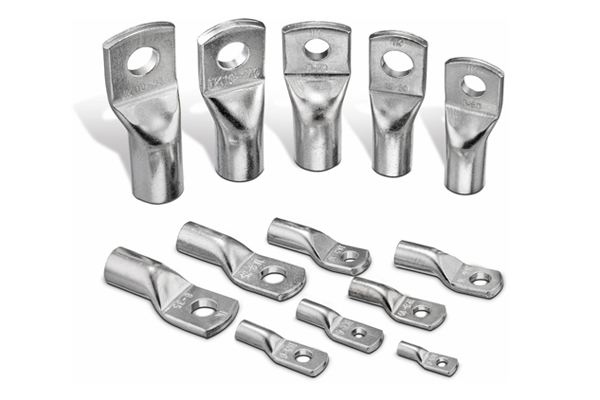Lugs & Glands
Lugs & Glands are essential components used in electrical installations to ensure safe, secure, and reliable connections of cables and wires to electrical equipment and enclosures. These accessories are vital for maintaining electrical continuity, mechanical strength, and environmental protection in a wide range of applications—from residential and commercial buildings to heavy industrial and power distribution systems.
Cable Lugs
Cable lugs are devices used to terminate the ends of electrical cables so they can be securely connected to terminals, switchgear, distribution boards, transformers, or other electrical apparatus. Made from high-conductivity metals like copper or aluminum, lugs are typically crimped or bolted onto cable ends to ensure a solid, low-resistance electrical connection.
Types of lugs include:
-
Ring-type lugs
-
Fork or spade lugs
-
Pin lugs
-
Tubular or compression lugs
-
Bi-metallic lugs (for copper-aluminum connections)
Key benefits:
-
Enhanced electrical contact
-
Vibration resistance in critical applications
-
Easy maintenance and replacement
-
Corrosion resistance (with tinned or plated surfaces)
Cable Glands
Cable glands, also known as cable connectors or entry seals, are mechanical fittings that secure cables entering electrical enclosures. They provide strain relief, seal out dust, moisture, and chemical vapors, and ensure that the cable remains firmly fixed in place under varying environmental and mechanical conditions.
Common types of glands:
-
Metal glands (brass, stainless steel)
-
Plastic (nylon) glands
-
Explosion-proof glands (used in hazardous zones)
-
EMC glands (for shielding against electromagnetic interference)
Applications span across:
-
Power distribution panels
-
Control cabinets and switchgear
-
Machinery and industrial equipment
-
Outdoor lighting and instrumentation
-
Marine, oil & gas, and mining environments
IP-rated glands (e.g., IP65, IP68) ensure protection against water and dust ingress, essential for outdoor and critical installations.
